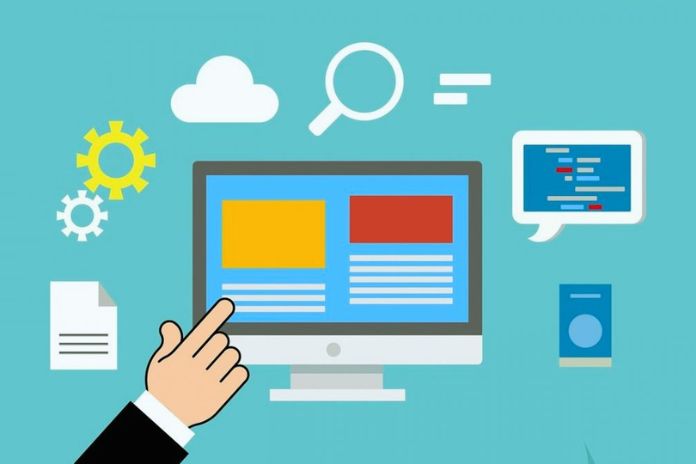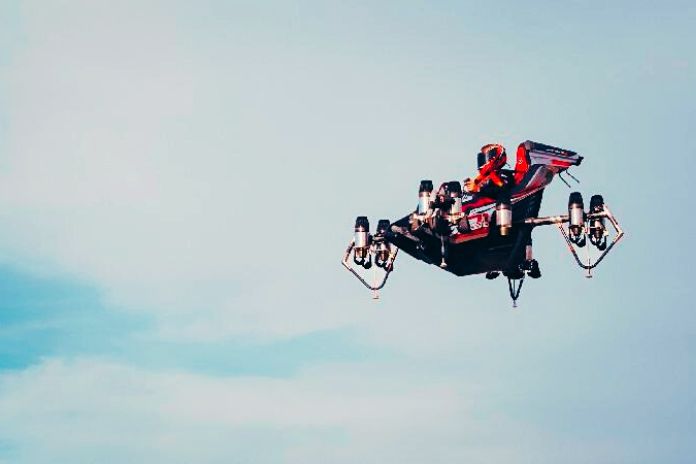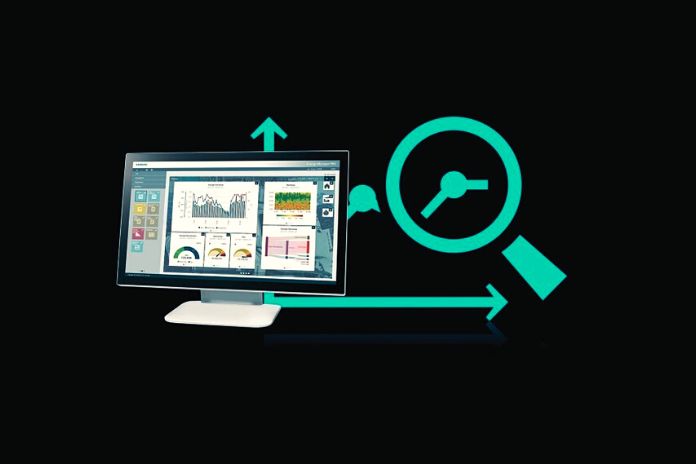Working economically sustainably and effectively – companies worldwide are facing this challenge. Successful digitization is a crucial key, to implementing environmental standards and remaining competitive. Thanks to intelligent solutions, companies are optimising production processes and, simultaneously, digitising quality-related workflows.
Digital product passport as a solution? Many machine builders are involved in constructing a plant, such as a power plant, each supplying highly specialised products, including pumps. Such an industrial pump consists of complex parts that come from different producers.
Digital Product Pass Bundles Data
In addition to delivering the physical device, the pump manufacturer must provide many supporting documents, including dimensional drawings, 3D models, or proof of quality. These come mainly from his suppliers and require appropriate coordination. The plant constructor himself, in turn, coordinates this information with the companies involved and forwards it to those responsible on the construction site and the customer in good time. Managing these tons of documents requires an enormous manual effort without intelligent software support.
An innovative, cloud-based process solution offers a consolidated view of all technical data and documents and reviews and approvals of a project. It also depicts quality control and the elimination of defects. And not only in our own company but also along the entire supply chain.
Quality Along The Supply Chain
For example, if a fault occurs in a power plant, the operator reports the incident online to the relevant plant manufacturer. A technician on site checks the system using a checklist on the tablet, determines the cause of a defective pump, and creates a digital defect report. This message goes to the pump manufacturer, who analyzes the error and arranges for it to be rectified. At the same time, the machine builder uses the analysis data to avoid such disruptions in the future, for example, by adapting the design. The advantage of Computer-Aided Quality (CAQ) is that the information is efficiently sent to the right place. Because the earlier a source of error becomes apparent, the higher the cost savings.
Digital Product Pass: More Sustainability And “Refurbishment”
Companies digitally map the entire life cycle of industrial goods using a standard, process-oriented data environment for technical documentation, project communication, and quality management. This is where the digital product passport (DPP), a proposal by the EU Commission as part of the “Green Deal,” comes into play.
This contains all information about the composition and history of a product and ensures transparency. The shared data environment acts as a “single point of truth” that includes all documentation about the product and makes it available for further use. The product passport thus supports an environmentally friendly circular economy, from the sustainable extraction of raw materials to professional recycling.
ALSO READ: Against Data Scraping: Meta Pseudonymous Facebook Identifiers










